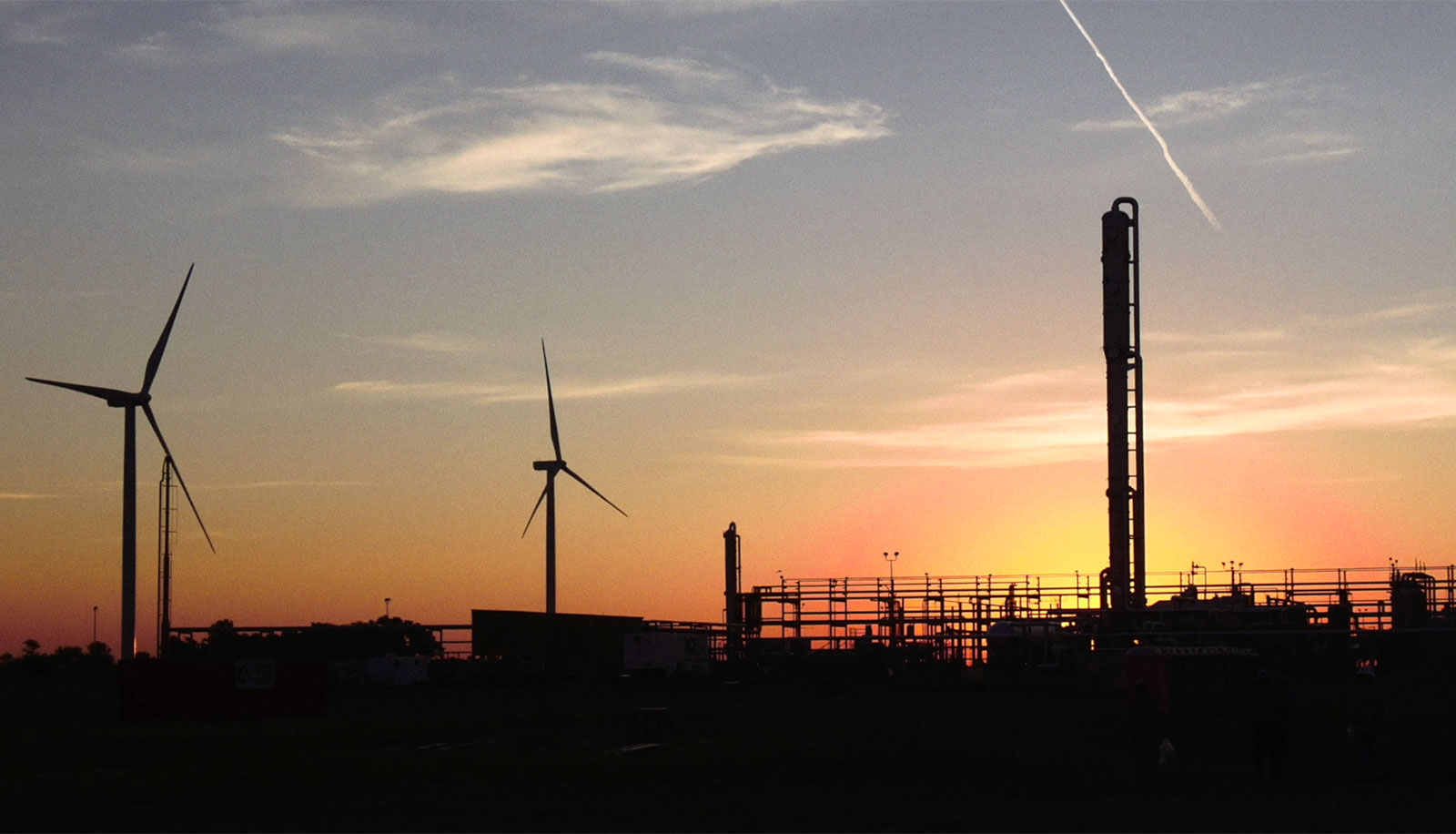Landfill gas is generated as a natural result of the decomposition of organic material in landfill sites via evaporation of volatile organic compounds, chemical reactions between waste components and microbial action. Landfill gas is composed of approximately 50% methane and 50% CO2, along with trace amounts of other organic compounds and is therefore the third largest source of methane generation in the US.
In the U.S., the number of landfill gas capture projects is increasing significantly, adopted in large to minimize energy costs and reduce greenhouse gas emissions. Once the methane gas is collected and treated, it can be used for electricity generation or processed into pipeline quality natural gas by removing various contaminants and components and sold offsite. In this way, landfill gas is transformed into a renewable natural gas resource.
A landfill site that deposits a million tons of municipal solid waste (MSW) per year will produce enough methane over a 20-year period to power a 1 MW gas engine. The gas used for this power generation does not require the extensive cleanup that would be required for a pipeline specified product. This is because gas engines can resist the impurities that typically appear in landfills, creating a quality product referred to as low BTU (has a heating value between 90 and 200 BTU per cubic foot). Methane still has significant value to a landfill site operator as it allows them to harness electrical energy that can be sold to the grid or used for onsite power, all while reducing emissions.
BCCK’s engineering team can optimize your low or medium BTU landfill site with any gas composition, providing more efficient and sustainable technologies for scrubbing, dehydration, compressing and processing prior to generating electricity.

